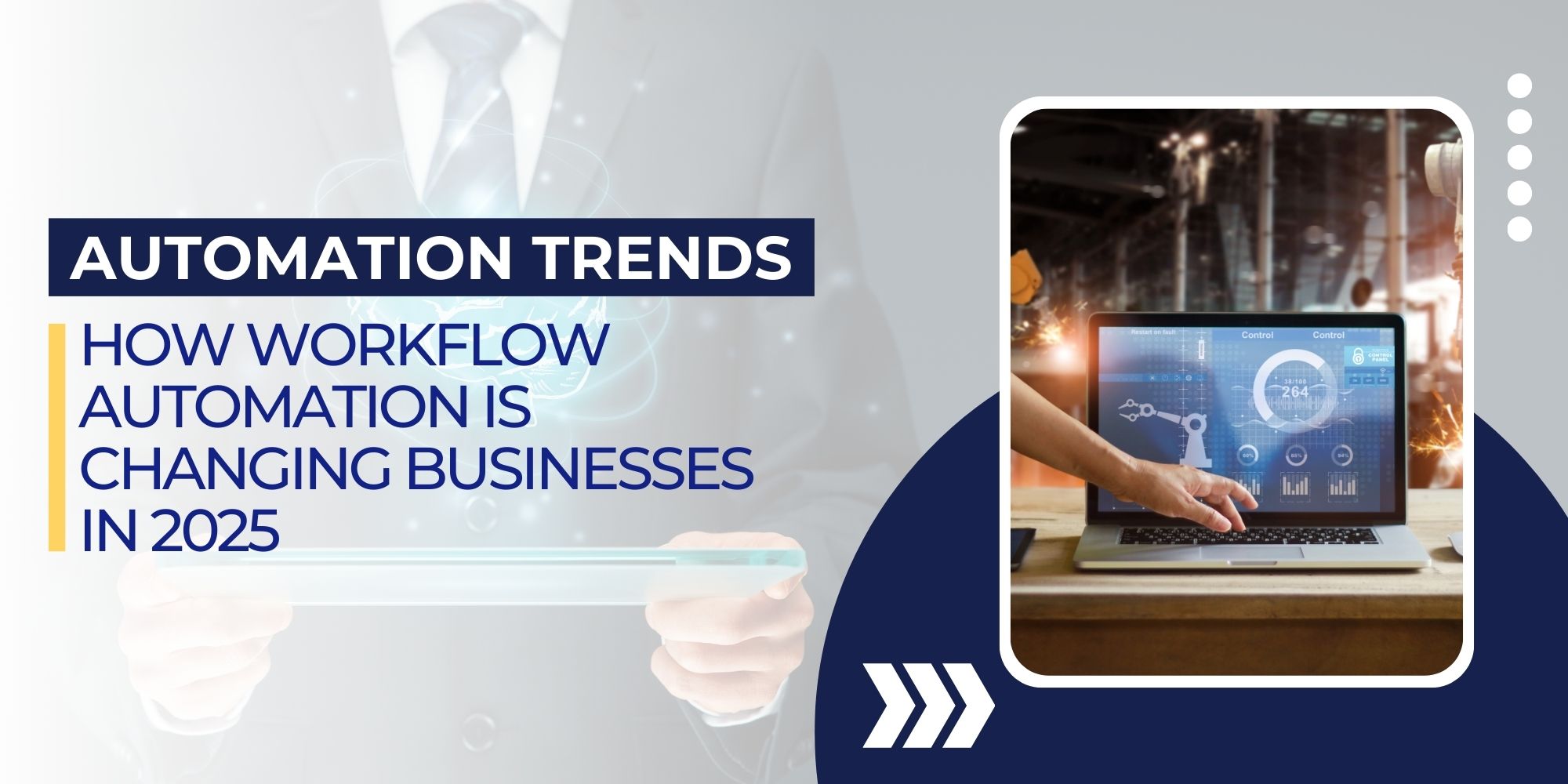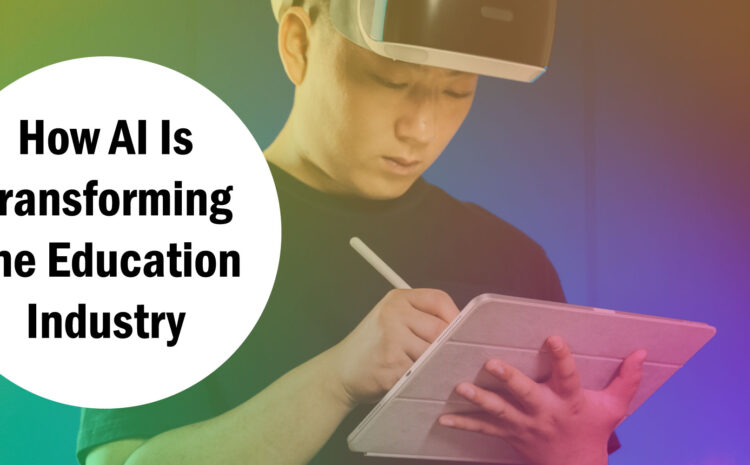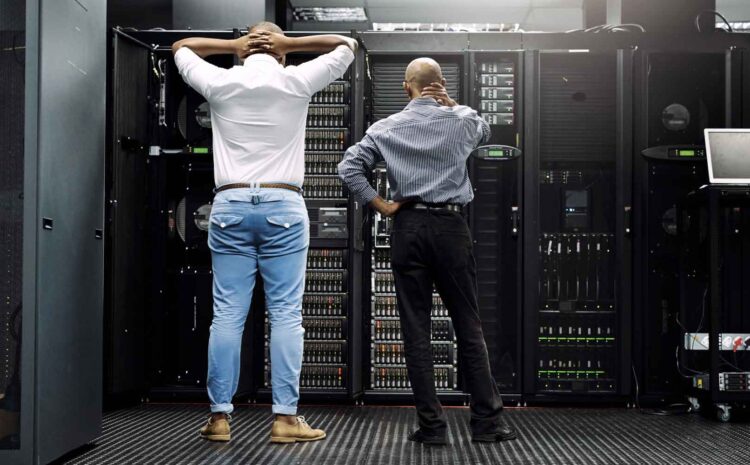Oh, automation. How we love thee!
Welcome back to the blog, everyone! Today, we’re talking automation! We know. It’s exciting for us as well. There are a few tools we use to assist us with automating our processes, but we’re seeking change to move to bigger and better tools for 2025. This post was generated from that search. If you’ve ever dreamed of clearing your desk of repetitive, time-consuming tasks to focus more on meaningful, creative work, this might just be your year. Everyone is embracing workflow automation like we are, and the results are transforming workplaces for the better.
If you’re ready to read, grab a cup of coffee, and let’s dive into the trends shaping workflow automation and discover how they’re revolutionizing businesses this year.
Smarter Workflows with AI Integration
Artificial intelligence (AI) has transitioned from a buzzword into an essential component of modern workflow automation. In 2025, companies aren’t just automating tasks, they’re automating smarter tasks. AI-driven automation tools now identify inefficiencies, predict workflow bottlenecks, and suggest proactive solutions. Imagine software that doesn’t just remind you to send invoices but actively predicts when clients are most likely to pay, helping manage cash flow proactively.
Enhanced Collaboration Through Automation
One exciting trend in 2025 is how workflow automation is becoming a catalyst for collaboration. Cloud-based automation platforms now seamlessly connect teams across different locations, ensuring smoother and faster communication. Tasks automatically move through departments, and real-time updates keep everyone informed. Businesses adopting these collaborative automation tools report significantly increased productivity and reduced confusion with no more lost emails or misplaced files. Lovely thought, isn’t it?
Personalized Experiences Driven by Automation
Workflow automation isn’t just behind-the-scenes anymore; automation is enhancing customer-facing experiences, too. Businesses are leveraging automation right now to deliver hyper-personalized customer interactions. Automated systems analyze customer data and tailor responses, promotions, and services specifically to individual preferences. Imagine your business knowing exactly when and how to engage customers, turning casual interactions into lasting relationships. It’s a winning scenario for everyone.
The Human Factor: Empowering Employees
One common misconception about automation is that it reduces the human role in the workplace. However, the opposite is proving true. Automation frees employees from monotonous tasks, allowing them to focus on strategic thinking, upskilling, creative problem-solving, and customer interactions. Companies are recognizing that the true power of automation lies in enhancing, not replacing, human capabilities. Employee satisfaction is higher, and turnover rates are dropping as work becomes more engaging and fulfilling. Learning on the job is also a huge boon for most because it allows them to familiarize themselves with new processes and tools, making them better employees in the long run.
Sustainability and Automation
Another critical area of innovation is sustainability. Workflow automation is increasingly used to optimize resources, reduce waste, and support sustainability goals. Automated energy management, resource tracking, and optimized supply chains are helping businesses meet environmental targets efficiently. This intersection of automation and sustainability is attracting environmentally conscious customers and enhancing corporate reputation. Go green!
Accessibility and Democratization of Automation
Historically, sophisticated automation tools were limited to large corporations due to cost and complexity, but 2025 sees the democratization of automation technology, making advanced solutions accessible to businesses of all sizes. With intuitive, no-code platforms, small and medium-sized businesses can easily create customized automated workflows tailored precisely to their unique needs, which is what we’re doing. This leveling of the playing field fosters competition, innovation, and agility in the marketplace.
Security and Automation: Protecting Businesses
Security is increasingly vital as automation expands. Businesses are investing heavily in automated cybersecurity workflows to ensure data protection and compliance. These automated systems continuously monitor, detect, and respond to security threats faster and more effectively than ever before, significantly reducing risk and maintaining trust with customers and partners. They can help their human counterparts identify risks much faster.
What’s Next for Workflow Automation?
As we look beyond 2025, it’s clear that automation will continue evolving, becoming even more intuitive, powerful, and integrated into every aspect of business operations. The key takeaway for businesses this year is clear: embracing workflow automation isn’t just beneficial, it’s essential for competitive advantage, innovation, and growth. We’re looking to grow over the next twelve months, and we’re positive you are, too. Time is money, after all.
We hope you enjoyed this post! While you’re hanging around, check out some of our other content. We have stuff that will help you no matter what it is you’re trying to do. If we don’t have the topic you’re looking for, shoot us a message, and we’ll make it for you if we can! Thanks for reading and have a beautiful day. Until next time!




